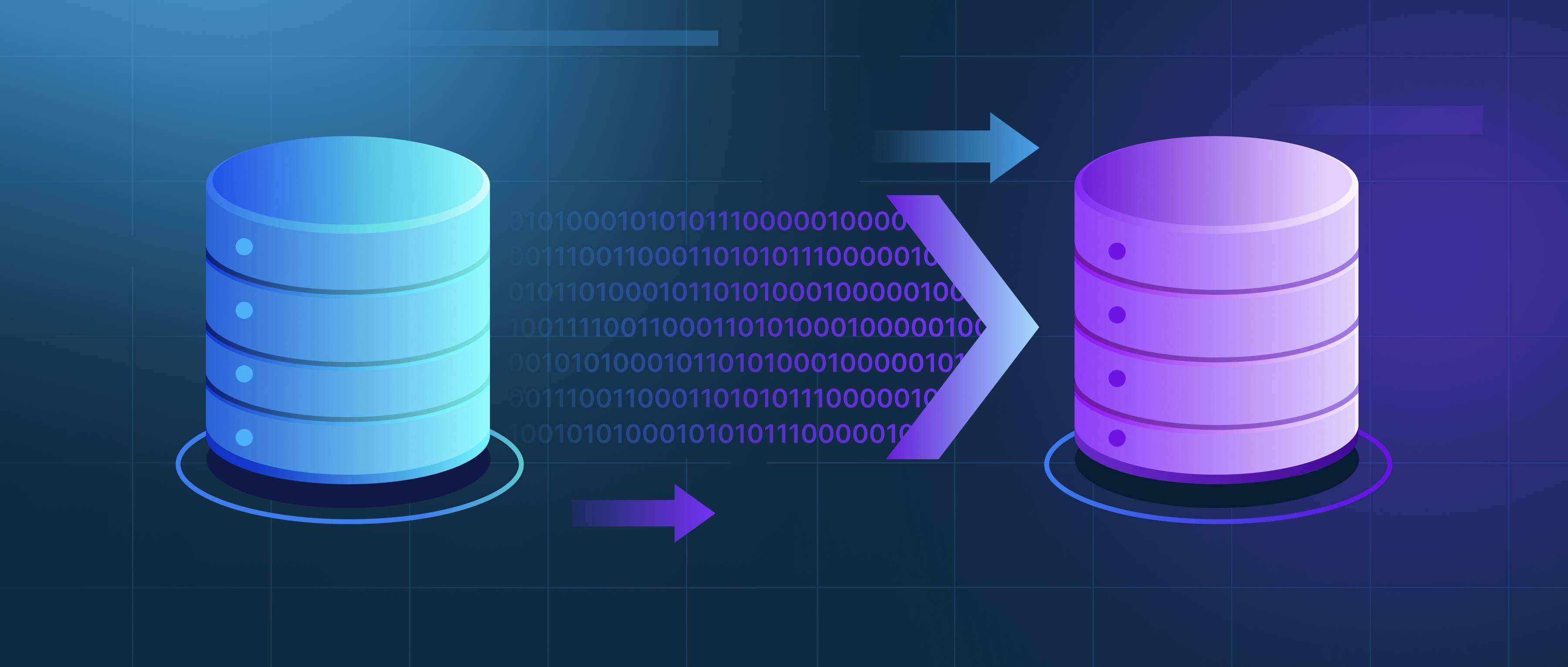The memory requirements for embedding models vary significantly based on their architecture, parameter count, and how they're implemented. At a fundamental level, memory usage is determined by the model's size—measured in parameters—and the data types used to store those parameters. For example, a model with 100 million parameters using 32-bit floating-point numbers (float32) requires roughly 400MB of memory (100M * 4 bytes). However, optimizations like quantization (using 16-bit or 8-bit numbers) or sparse representations can reduce this. Models like BERT-base (110M parameters) might consume ~1.5GB when loaded in memory with additional overhead for intermediate computations, while smaller models like DistilBERT (66M parameters) use about 60% of that. Newer models like OpenAI's text-embedding-3-large (around 300M parameters) demand even more memory, often exceeding 2GB when fully loaded.
The choice of framework and runtime optimizations also plays a role. For instance, PyTorch and TensorFlow handle memory differently due to their computational graphs and caching mechanisms. When using libraries like Hugging Face Transformers, memory usage increases further due to pre-processing steps (tokenization) and storing multiple copies of embeddings during batched inference. For example, processing a batch of 32 input sequences with BERT-base could require 3-4GB of VRAM on a GPU, depending on sequence length. Longer sequences (e.g., 512 tokens vs. 128) amplify memory needs because transformer-based models compute attention matrices with O(n²) complexity. Developers often mitigate this by truncating inputs or using memory-efficient attention implementations like FlashAttention, which reduces peak memory usage by up to 20% for long sequences.
Practical deployment strategies can drastically alter memory requirements. For edge or mobile applications, models like MobileBERT or TinyBERT are designed with fewer parameters (e.g., 25M) and support quantization to 8-bit, reducing memory to under 50MB. Conversely, server-side deployments of large models like OpenAI's embeddings may require GPU memory partitioning or model parallelism. For example, using NVIDIA's TensorRT-LLM or Hugging Face’s accelerate library allows sharding a model across multiple GPUs. A typical setup for a 1.5B-parameter model might split it across two 8GB GPUs instead of requiring a single 24GB GPU. Tools like ONNX Runtime or Apple’s Core ML further optimize memory by converting models to platform-specific formats. Ultimately, the right balance depends on the use case: smaller models save memory but sacrifice accuracy, while larger models demand more resources but handle complex tasks better.
